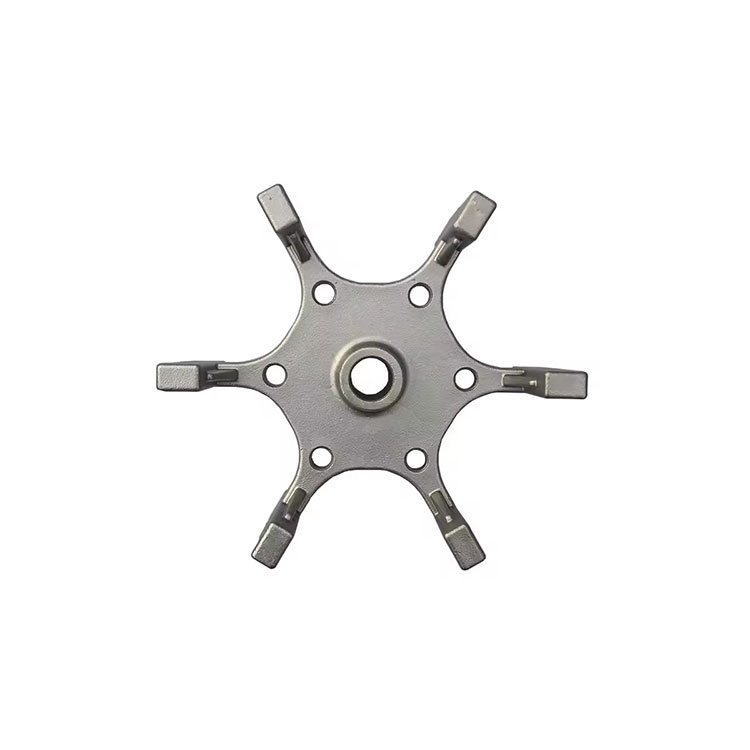
- English
- Español
- Português
- русский
- Français
- 日本語
- Deutsch
- tiếng Việt
- Italiano
- Nederlands
- ภาษาไทย
- Polski
- 한국어
- Svenska
- magyar
- Malay
- বাংলা ভাষার
- Dansk
- Suomi
- हिन्दी
- Pilipino
- Türkçe
- Gaeilge
- العربية
- Indonesia
- Norsk
- تمل
- český
- ελληνικά
- український
- Javanese
- فارسی
- தமிழ்
- తెలుగు
- नेपाली
- Burmese
- български
- ລາວ
- Latine
- Қазақша
- Euskal
- Azərbaycan
- Slovenský jazyk
- Македонски
- Lietuvos
- Eesti Keel
- Română
- Slovenski
Common Materials for Die-Casting Machined Parts
The materials of commonly used die-casting machined parts mainly include the following categories:
1. Zinc alloy die-casting parts:
Brief description of characteristics: Zinc alloy has become the preferred processing material for die-casting small, complex and thin-walled castings due to its low melting point and excellent fluidity. Its electroplating performance is excellent and is often used in the production of surface decoration and shell parts.
Applicable scenarios: It is suitable for the production of decorative parts and shell parts that require surface treatment, but not suitable for parts that work in extreme temperature environments for a long time because their dimensional stability is relatively poor.
2. Aluminum alloy die-casting parts:
Brief description of characteristics: Aluminum alloys are widely used in the industrial field due to their light weight, high strength, good plasticity and electrical and thermal conductivity, as well as excellent corrosion resistance.
Applicable scenarios: It is particularly suitable for industries such as automobiles, aerospace and electronic equipment, and is used to manufacture various structural parts and functional parts.
3. Magnesium alloy die-casting parts:
Brief description of characteristics: Magnesium alloy is one of the lightest metal structural materials with an extremely high strength-to-weight ratio, making it an ideal choice for weight reduction.
Applicable scenarios: It is mainly used to manufacture parts that need to reduce weight, such as parts in the fields of aircraft, automobiles and electronic products.
4. Copper alloy die-casting parts:
Brief description of characteristics: Copper alloys perform well in specific application fields due to their anti-magnetic properties, wear resistance, excellent thermal conductivity and small dimensional change after heating.
Applicable scenarios: Suitable for making parts with high requirements for electrical and thermal conductivity, wear resistance or dimensional stability within a specific temperature range.



